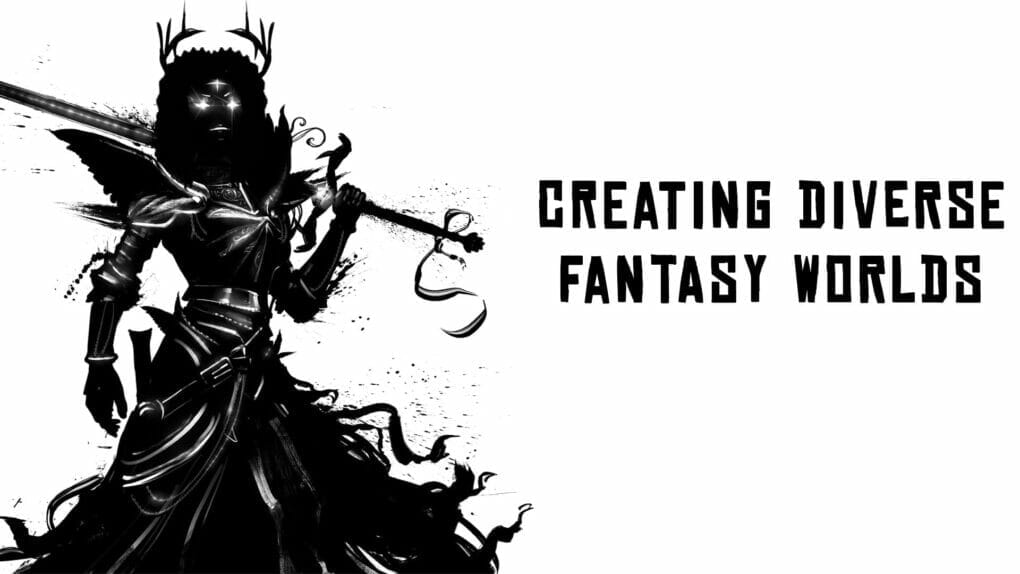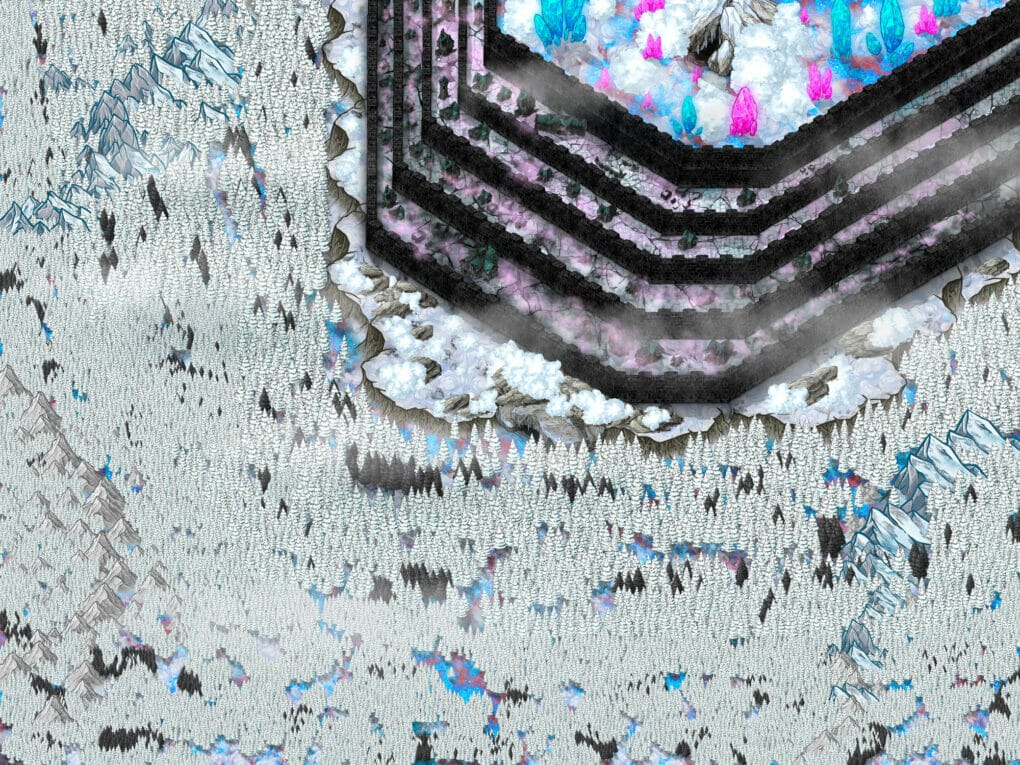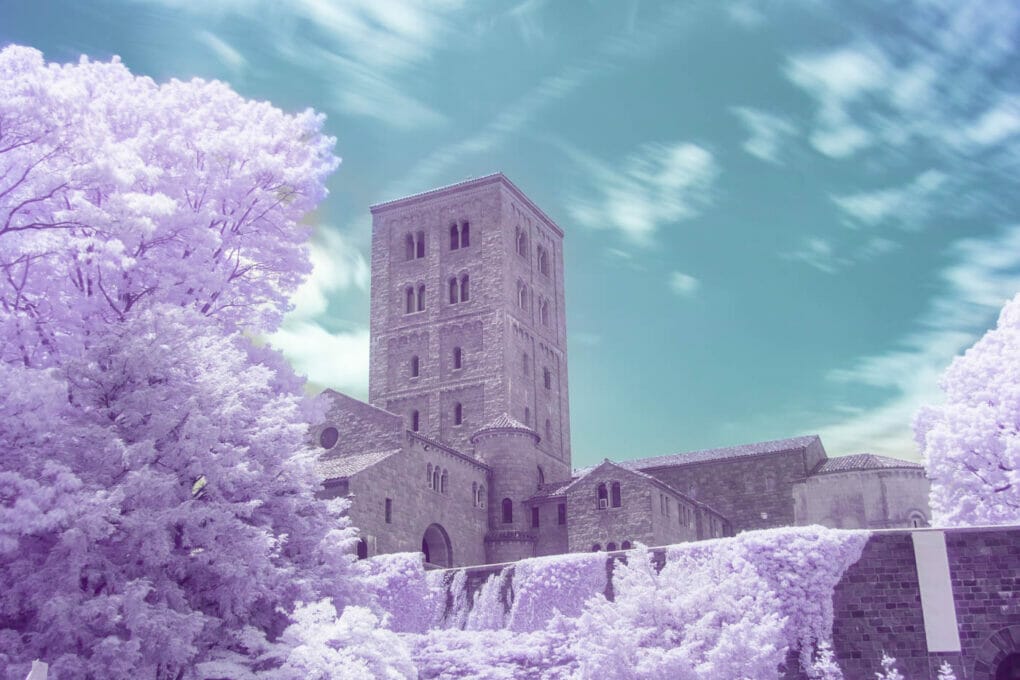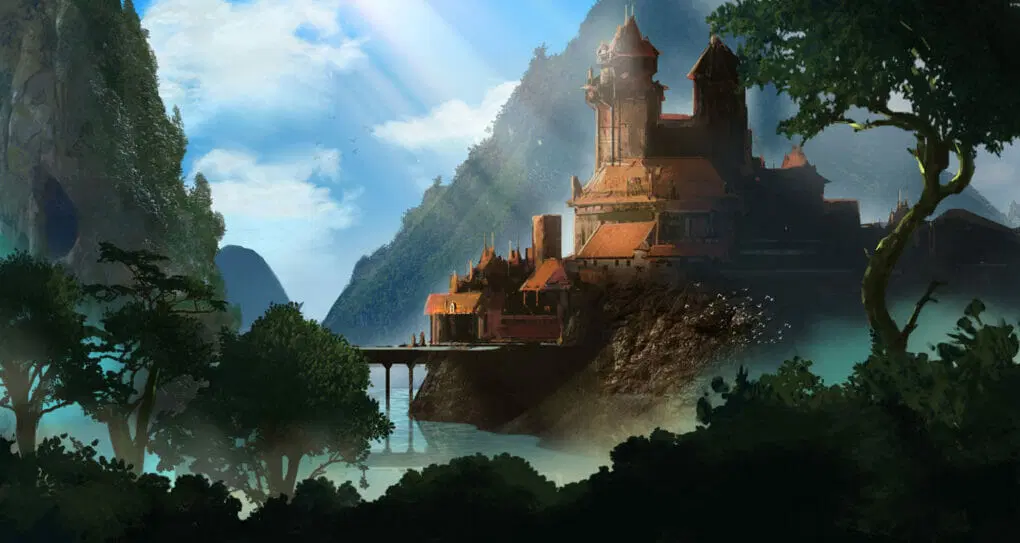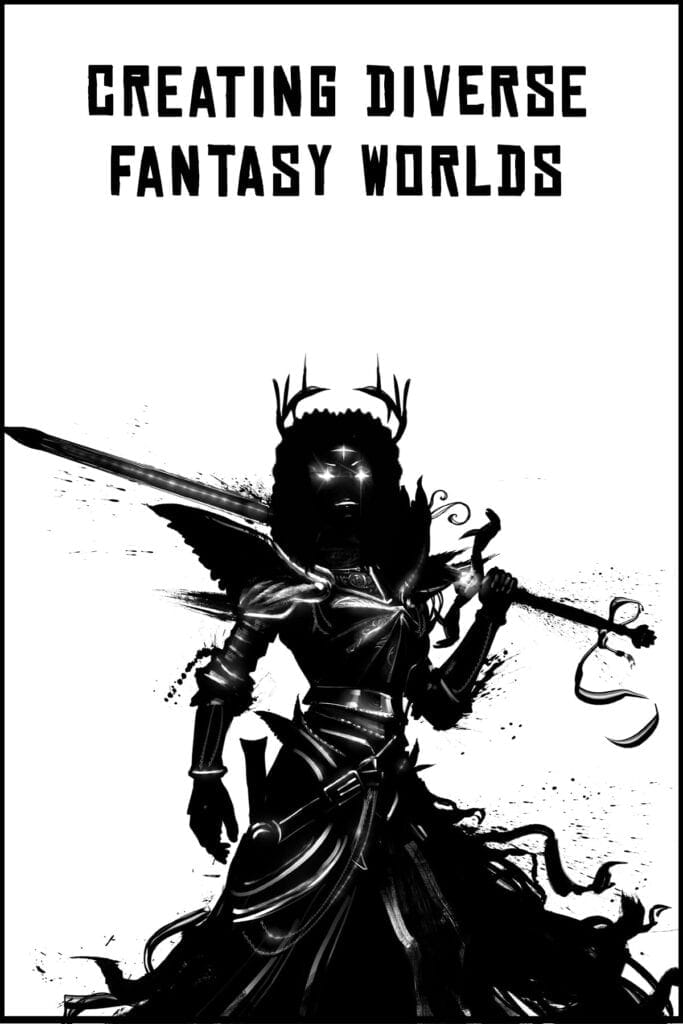
Over the years, I’ve talked a lot about my love for diverse fantasy worlds. I particularly enjoy seeing black and brown people in non-stereotypical roles. In general, I love fantasy worlds where the main cast isn’t all white, het, cis, male.
But, I’ve avoided writing a post about this topic because others have already talked about it a lot. I didn’t see how it was worthy of a full blog post. Just write real people. Don’t create your ideal person or how you believe a person with a certain skin color would be. Just write people. As a het, cis, African American female, I can’t talk about writing good LGBTQIA+ characters. Others with more knowledge have discussed this subject.
Writing LGBT characters as a straight, cis person?
The In’s & Out’s of Writing Queer Characters
33 LGBTQ(IA+) Terms You Should Know in 2020
This post talks about some of the problematic things I’ve seen when brown-skinned people are put in fantasy stories.
Before we Begin
This post is for people making entirely fictional worlds instead of a fictional version of a real place like you see in sci-fi and urban fantasy. You can make race anything you want. In this case, your characters are just people who happen to have different skin color, hair text and facial features than you.
What Are Diverse Fantasy Worlds?
In media, white, het, cis is the default. In fantasy, white, het, cis, male is the default. At its basics, a diverse fantasy world is one in which all the characters aren’t the default. Can you add one fully developed “other” and call it diverse? I’d say no. Even if they’re fully developed, they’re still a token.
On the flip side, I attended all-black schools growing up. Are they diverse? Technically, yes because students weren’t the default. However, in fantasy, I prefer seeing and creating less homogenous worlds.
I use Manhattan as an example. If you live in one of the five boroughs (Manhattan, Brooklyn, Queens, The Bronx, Staten Island), it’s almost impossible not to interact with someone who’s not like you. You’d have to go out of your way to avoid them. That is diversity.
However, writing that kind of world is difficult, especially if you’re not a minority. Do your research. Start small. It’s okay to have a fully fleshed out token in your first attempt. Work your way up to adding more characters.
The Realistic Argument
“My world’s based on medieval Europe. It wouldn’t’ be realistic to add black or brown people to my story.” There are a host of issues with this statement. I talked about that in the below posts.
Where There Black Medieval Knights?
You can imagine someone shifting into a dragon but giving a king brown skin is way too unrealistic?
Black Skin Equals Evil
Fantasy has a tendency of making all black-skinned people deformed monsters or pretty savages in the case of drow elves. Don’t make the only black or brown-skinned people in your story the bad guys. It’s okay to equate dark with evil. It’s not okay to make all the good guys have white skin and all the bad guys have black skin.
The Magical Minority
I’ve mentioned this trope before in another post. I was watching a horror movie on Netflix. It was pretty good. But, I got a bit irritated towards the end. A white family was being haunted by nasty spirits. So, they brought in two minorities to save them. These two were the only minorities in the whole movie and their only purpose was to save the white people.
Similarly, (spoilers for Greenland), for the most part, I enjoyed the latest disaster mover Greenland. But, one part bugged me. Gerard Butler was separated from his family. In his journey to reunite with them, he got a ride in a truck full of people. During that, he started talking with this nice black guy, learned a bit about his background and got some plot specific information. Then, stuff happens and the only black guy in the movie dies. His only job was to help the white family survive.
I’d rather the story not be diverse then pull this nonsense.
Give Them Diverse Features
Minorities have certain characters outside of skin color. I read in one place that BIPOC are tired of being described in comparison to food, as in coffee-colored skin and almond eyes. I, personally, don’t mind when it’s done. But, it bothers some people. When describing hair, avoid using words like “woolly” or “kinky”.
Years ago, when I wanted a brown-skinned character stock image, I had to take white ones and change their skin color. This also meant they didn’t have features typical of brown people like a wide nose and thick hair.
I’ve seen a lot of chatter with people complaining about the trend of giving black and brown-skinned people blue eyes and white hair just because you think it looks nice. Having grown up watching anime, this is something I’ve gotten used to and don’t particularly mind. But, I do understand why this makes people angry. Some African Americans, myself included, were made to feel ugly because we didn’t have that “good hair” or “pretty eyes”. Some of us, again myself included, messed up our hair and scalp to turn ourselves into the world’s version of pretty.
When writing my Merging World Series, I often consulted Writing with Color to learn different ways of describing skin color and hair texture.
Writing with Color: Featured Description Post
Diverse Fantasy/Horror/Sci-fi Character Artwork
The “Real-World” Race
An author creates an “other” race, whether it’s an alien or a group of people in a remote community. The main characters, who are usually white, need to visit them for some reason. The people of this “other” community were clearly based, often poorly, off a real-world race. If they’re black, they may be in poor urban areas.
My thesis project a couple of years ago was about solving the lack of diversity in publishing. The tagline was, “because everyone wants to go on an adventure.” I want to see more BIPOC characters on the quest. Not as the natives the main party encounters along the way. We’re sidelined minorities even in books. If you want to have your “ethic” natives, don’t make them the only BIPOC is the book. And, don’t make their only purpose helping white people.
Are you noticing a pattern?
Remind Readers
I never read Hunger Games or watched the movies but I remember the uproar around Rue. People were mad they cast a black girl. Some going so far as saying they no longer cared she died. Apparently, in the book, Rue was described as having brown skin but clearly, a lot of readers missed it.
If your character isn’t white, sprinkle in a few reminders throughout the story. Maybe about their hair texture or how their skin color makes them stand out. In one book I read, most of the main characters were brown skin. Your reminder was their reaction when they met someone with white skin. Their reaction was respectful but clearly, the characters didn’t live around people with that skin tone.

Do you have to write a diverse fantasy world? No. It’s your book. Write it however you want. If you’re thinking of including BIPOC characters, these are a few things to keep in mind. Ideally, what I hope for is a genre where you don’t have to hunt for diverse books. Where I can search dark fantasy and know I’ll find different kinds of books.
YA is getting there. I don’t mind YA but I prefer adult. With adult fantasy books, you still need to do a diversity search. If you do a general fantasy book search, the majority of the result will be titles written by white men.
If you don’t feel comfortable writing diverse books, then support a BIPOC fantasy author. Buy their book. Leave a review. Share it on social media. Recommend the book to a friend. Support indie author. The fantasy scene for self-published books are amazingly diverse but lists, like the ones below, tend to focus on traditionally published books
Goodreads: Diverse Adult Fantasy Books

